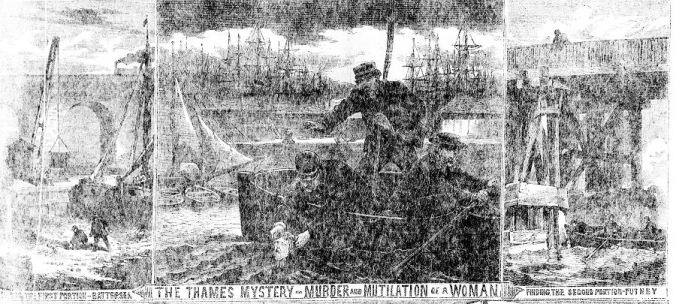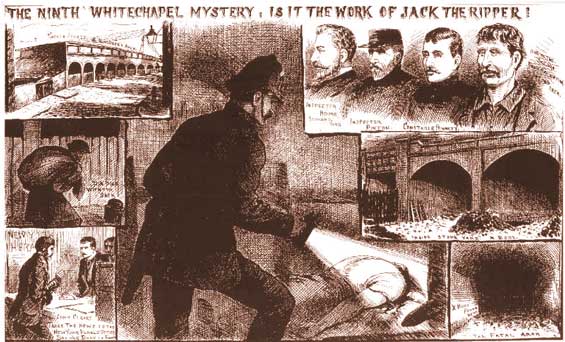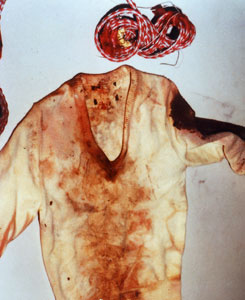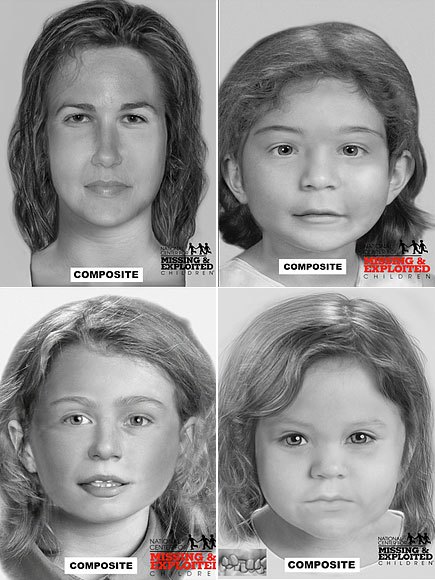Incest may be the ultimate taboo. While other acts seen as dastardly among humans- murder and cannibalism, for instance- run rampant in the animal kingdom, even plants avoid incest. There’s something embedded inside of us that makes incest repulsive, something only practiced out of absolute necessity. And in a world of over seven billion, it would seem that any need for it, any circumstance that it would be necessary, would be diminished.
But that isn’t to say that there aren’t exceptions to this rule. Maybe necessity isn’t the motive with these cases, but nonetheless incest continues into today’s society.
“My sister is pregnant and we don’t know which of my brothers is the father”
Those were the words uttered out of a primary schooler’s mouth in rural Boorowa, New South Wales, Australia. The school officials were familiar with the child and her young relatives- they rarely attended school, and when they did, they were filthy and underweight. Reports had already been filed for child neglect against the family, and when they were discovered to be living on a squalid, isolated farm, officials demanded that living conditions be improved- and apparently they had. But the girl’s remark called for a reevaluation.

One of the buildings the family was living in.
What investigators found was perhaps more disturbing than they could ever imagine. The extended family was living on the same farm, a compound of trailers, sheds and tents with no running water and unsafe means of electricity. Piles of trash were scattered across the property, a gas stove meant for outdoor was found enclosed in one of the trailers, and the children’s beds were soiled.
Yet their appalling living conditions turned out to be the least of investigator’s concerns.
Most of the twelve children living on the property were developmentally disabled, some had hearing, speech and/or vision problems or heart defects. Many had misaligned eyes or other physical deformities. They all had extremely poor hygiene with gum disease or fungal infections. They were underweight and had no sense of hygiene- they did not know how to shower or brush their teeth and they had never seen toilet paper. And they were all- including children as young as five- hypersexual.
A Twisted Family Tree
Upon further investigation, the family was traced back to a single couple, a brother-and-sister union that produced a daughter called June (all of the names have been changed for privacy reasons). June later married a man called Tim Colt, and they had seven children, five daughters and two sons (nicknamed Martha, Frank, Paula, Betty, Cherry, Rhonda, and Charlie). From there, June’s incestuous upbringing seemed to come full circle. The siblings engaged in sexual relations with one another, and at times even with their own parents and other family members. In total, the Colt siblings had twenty-four children. At least ten of these children were born out of incest. Another died shortly after birth, with her father unknown. As it is unknown how many of the grown children were genetically tested, the true number may not be known.
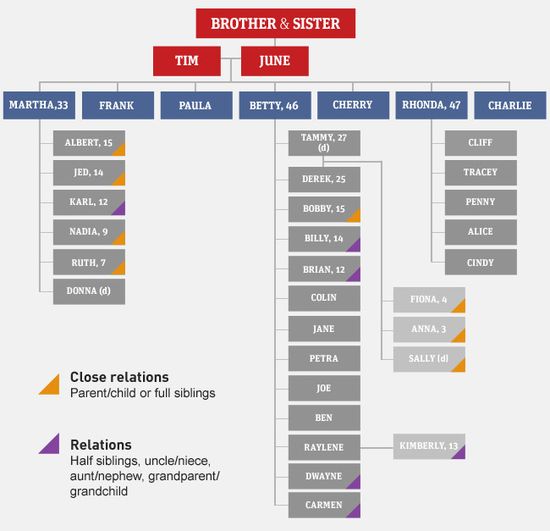
The Colt family tree. Keep in mind that not all of the adults have undergone DNA testing and the true number born out of incest may be higher.
Even for the children born to unrelated parents, incest was ingrained on them. Two of Betty’s adult children, Tammy and Derek, had three daughters together, one of whom died from a rare genetic condition in infancy. As the sibling-couple was not living at the farm, their children were not counted in the total, although they were also removed from their parents. Another of Betty’s daughters had a thirteen-year-old daughter who was removed from the farm. The girl, Kimberly, claimed that she had the same father as her mother and grandmother, probably none other than Tim Colt. However, it is unknown whether or not Kimberley’s mother was born out of incest, so her true father remains unknown.
In total, twelve children under the age of sixteen were removed from the Colt property- five of Martha’s, five of Betty’s, Betty’s granddaughter Kimberly, and Rhonda’s daughter Cindy, who was the only one of the children whose parents were not related. From what the children told social workers, the farm was a sexual free-for-all. Charlie and Martha shared a bed as a married couple would (four out of Martha’s five living children were fathered by Charlie), and young boys would torture and mutilate the genitals of animals. The women were forced to give birth on the farm. Kimberly admitted to performing oral sex on her nine-year-old uncle Dwayne and claimed that several of her other uncles tied her to a tree and had sex with her. She was also observed inappropriately touching her nine-year-old aunt Carmen. The youngest, five-year-old Cindy, attempted to kiss her male caretakers and was found masturbating in the shower of her foster home. They were sexually inappropriate with each other, their foster siblings, and their schoolmates.
The adults on the farm- the original seven Colt siblings and some of their adult children- condoned the actions of the children, even engaging in sexual relations with them. When Kimberly complained of pain after having sex with her uncle Dwayne, her mother Raylene simply scolded her for choosing a partner who was ‘too big’.
All in all, Martha, Betty, Rhonda, Charlie, and Betty’s daughter Raylene were all arrested for child abuse. They all denied any wrongdoing. Raylene claimed that Kimberly’s father was a backpacker from Sweden, while Charlie continued to insist that none of the children were born out of incest even after DNA testing proved otherwise and at least one of Martha’s children said that he was her father.
But the Colts were not going to go down without a fight. Charlie fled to the United Kingdom after a warrant was put out for his arrest. While her children were in foster care, Betty hatched a plan to kidnap two of her sons and sent sexually explicit text messages to fifteen-year-old Bobby. Her sons knew of and were willing to go along with the plan.

Betty Colt on her way to court.
Charlie eventually returned to Australia in November 2014 and was arrested. In the same month, Betty was sentenced to twelve months in jail for attempting to kidnap her sons. It is unknown if Betty received further jail time for the sexual abuse of her children or the sentences Charlie, Martha, Rhonda or Raylene received. However, Charlie and Raylene seem to have been released, as police have released Apprehended Violence Orders against them in regards to Betty’s daughter Petra. Petra was not amongst the children removed from the farm; her age and whether or not she was born from incest is unknown.
It is unknown what became of the other adults on the farm. A family tree claims that Tammy Colt is deceased, although no other evidence of this. Her brother and the father of her children, Derek, was known to be abusive towards her but it is not known if he faced criminal charges. Nothing is known of the other adults (Betty and Rhonda each had four other children who were not mentioned).
Sure, the Colt case was a shocking example of how so many children in a developed country could fall through the cracks, but justice seems to have not been truly served. Two of the family members seemed to be released only to go back to terrorizing their young relative. Twelve months seems shockingly light for an attempted kidnapping, especially when the offender (Betty) was known to be neglectful and sexually abusive. One can only hope that the Colt children can move on from their shocking pasts and go on to live relatively normal lives.
Links of interest
